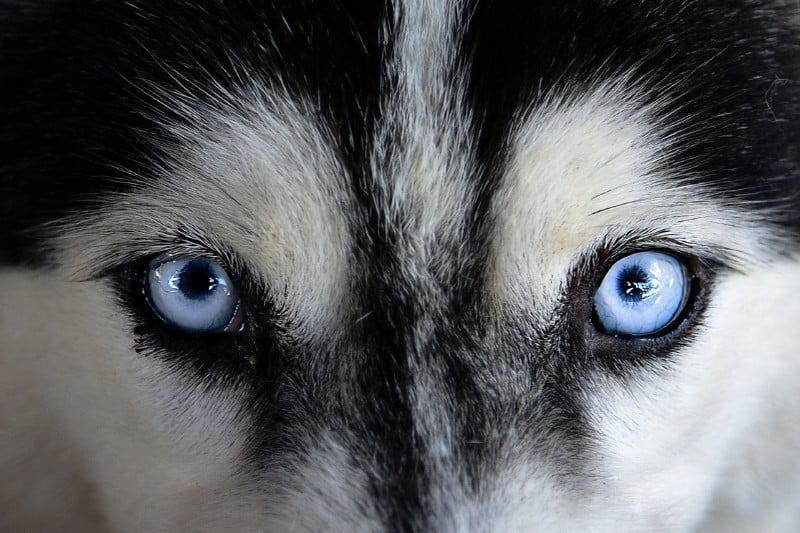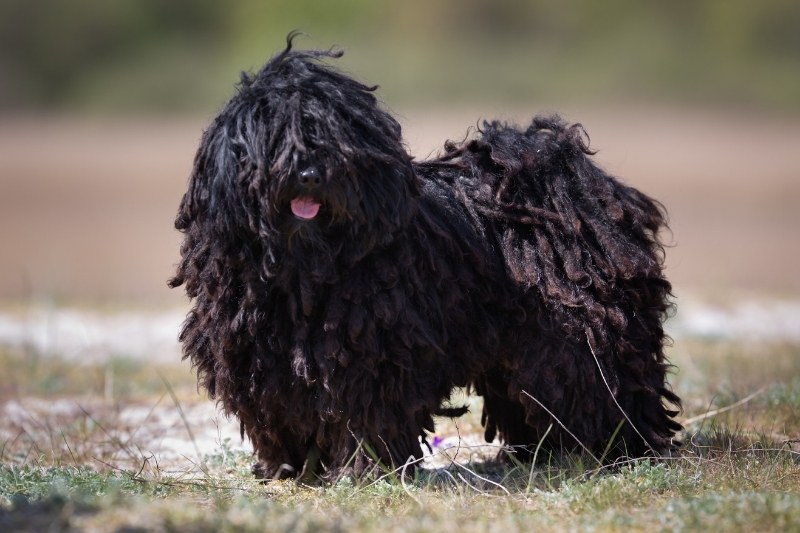All the Shiba Inu colors explained (with pictures!)

Are you a fan of Japan? Whether you are or not, we bet you'll love Japan even more once you know the beautiful characteristics of the Shiba Inu.
Arguably, the Shiba Inu is Japan's most popular dog, and its history dates back to 300BC. Previously the Shiba Inu dog was kept for hunting a range of game in the mountain ranges of the Himalayas.
However, the beautiful Shiba Inu breed nearly went extinct due to WII. Yet thanks to breeders, they revived them and are now one of the most popular dog breeds to own in the world.
There are many options if you want to own a Shiba Inu dog. Like many other dog breeds, they have a range of coat shades.
To know more about the Shiba Inu colors, keep on reading.
How many Shiba Inu colors are there?
When it comes to Shiba Inu coat colors, there tend to be only four recognized ones. The primary coat colors of a Shiba Inu are black and tan, red, cream and sesame.
What is the most popular Shiba Inu color?
The most common Shiba Inu coat color is red. Part of the reason reddish tan Shiba Inu is popular is that they look similar to a fox and are more defined in their appearance. Moreover, their appearance is slightly blurred.
However, with the Shiba Inu breed, all of their coats are equally as gorgeous, and because of this, the most popular and beautiful coat color is often a topic for debate.
What is the rarest Shiba Inu color?
Out of all the Shiba Inu colors, the rarest type is the cream color. The American Kennel Club (AKC) believes that these are rare because of a fault in the coat of the white parent Shiba Inu. Alongside this, it's also believed that the long-haired Shiba Inu is quite rare. Usually, the Shiba Inu is thought to have a short and straight coat.
Does the color affect the health of the dog?
When it comes to the health of a dog breed and their coat color, there is growing research to show a link. Sometimes there might be different problems with their hearing, sight, or genetics if they have a particular coat.
For instance, research from the University of Sydney shows that chocolate Labradors might suffer from shorter lifespans and have ear and skin problems than those with lighter coats. Sometimes, dogs can have coat problems if they have a dilute or recessive allele; however, there's no research to support this with the Shiba Inu dog breed.
What is the Urajiro pattern of the Shiba Inu?
When reading about the coat color of the Shiba Inu, you'll typically come across the term Urajiro. Guajiro is a Japanese word that means white undersurface, which translates to special white marking on the purebred Shiba Inu.
Often the Urajiro is seen as the typical breed standard in Japan for the white markings of native breeds. When looking for the Urajiro, you can usually see the markings on the belly, chest, neck, and ears. Sometimes they have it on their paws and tail too. If there are additional white marks, they're not classed as Urajiro.
All the coat colors of the Shiba Inu breed
If you're considering getting this breed, here is some more information about the Shiba Inu's coat:
Red Shiba Inu

The red Shiba Inu is the most popular coat color out of all the four different types for this breed. If you're to imagine a Shiba Inu, this is probably the color that springs to your mind first. The Shiba Inu's striking reddish brown color makes it a coat that can easily be identified for show purposes.
Sesame Shiba Inu
Often the coat of the Sesame Shiba Inu is difficult to spot. This is partly because several conditions make it a true sesame color. For it to be true sesame, it must be a red sesame Shiba Inu.
This means the Shiba Inu must have a red-colored base and smooth black tips over the top. Overall they should have less than half of black pigmentation on their outer coat. This coat must pay slight similarities to the black and tan type; the black spots must have a black overlay replacing them.
Black and tan

The black and tan Shiba Inu colors are very easy to identify due to the triple colors on its coat.
The three colors on its coat have a black foundation with brown spots and a white Urajiro pattern. A single strand must have three types to be true black and tan. After the red colored coat, black and tan are one of the most common colors for this breed.
Cream Shiba Inu

The cream Shiba Inu coat is arguably the most stunning of them all. Part of this is quite rare because they have recessive genes, and the Urarjiro pattern is quite difficult to identify on them. The EE genes of the Shiba Inu make their belly lighter looking cream.
Unofficial coat colors of the Shiba Inu
Like the coat colors of the Shiba Inu mentioned above, they tend to come in a range of other colors that might be classed as black sesame or grey silver. However, it's important to note that these coats are not really approved or recognized by the AKC. If you do come across a color of a Shiba Inu that's not stated, it could be a result of bad outbreeding in their genetics, or they come from a puppy mill.
Shiba Inu colors changing
Over time the Shiba Inu colors can change as they get older. From when they're a puppy to adulthood, the Shiba Inu can experience many different color changes.
When born, the Shiba Inu also may have white markings on their face, which change and can commonly cause Shiba Inu puppies to get labeled as sesame mistakenly. Ultimately, the final coat color of the Shiba Inu will depend on whether it's mixed or purebred. To know more, you should visit a breeder first and ask them questions about the parents of the Shiba Inu.
Final thoughts
Overall, Shiba Inu coat colors are mainly red, black and tan, cream and red. When buying a Shiba Inu, it's always essential to visit Shiba Inu breeders first to see how their practices are and if they're not coming from backyard breeders.
When visiting a breeder, they should be able to tell you more information about the parents of the Shiba Inu and other Shiba Inu colors. The charming, alert and confident nature of the Shiba Inu makes them the perfect canine companion.

Alex Wrigley is a professional writer and blogger who loves travel, technology and dogs. She is originally from the UK but currently lives in Nepal with her three dogs: two pugs and a golden retriever.








